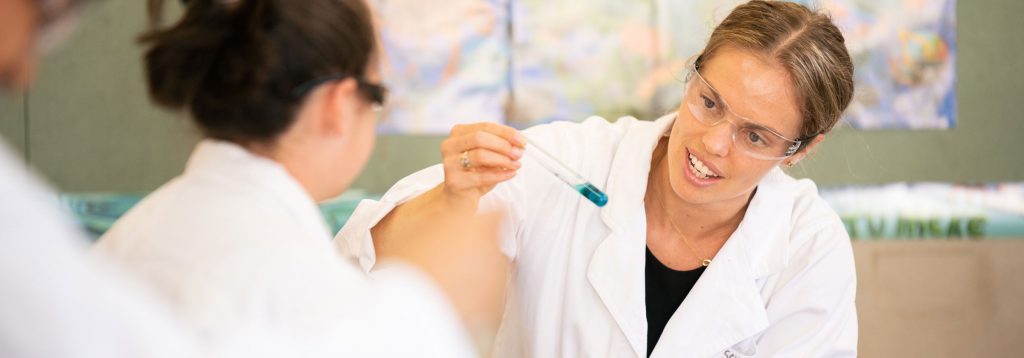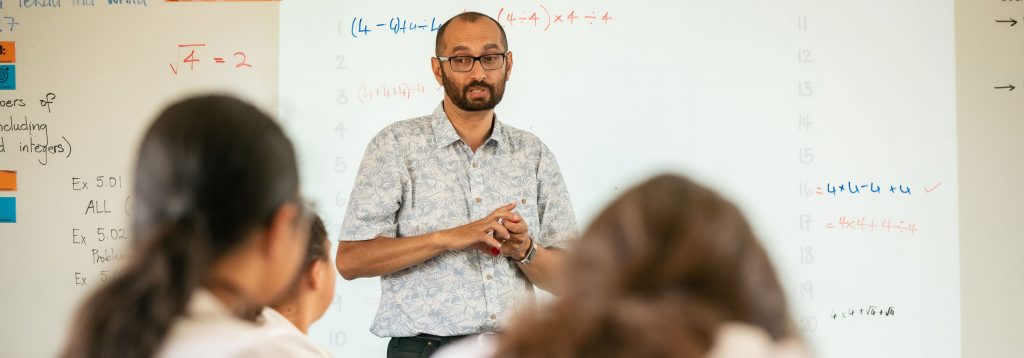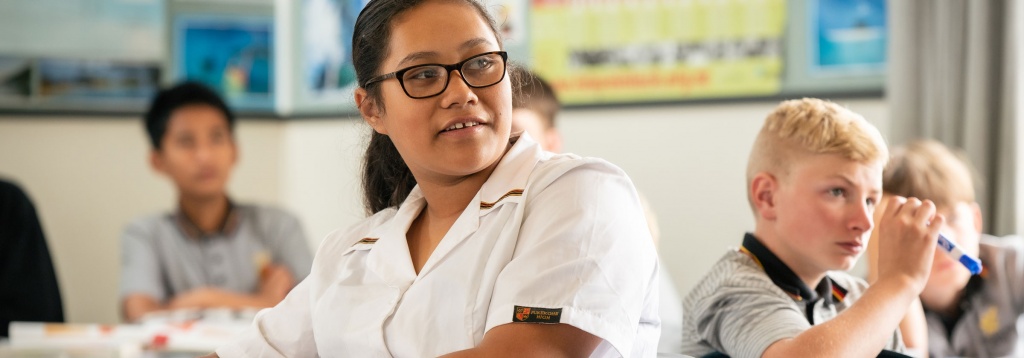
Technology
Kaua e rangiruatia te haapai o te hoe;
e kore too taatou waka e uu ki uta.
Technology is intervention by design. It uses intellectual and practical resources to create technological outcomes, which expand human possibilities by addressing needs and realising opportunities.
Design is characterised by innovation and adaptation and is at the heart of technological practice. It is informed by critical and creative thinking and specific design processes. Effective and ethical design respects the unique relationship that New Zealanders have with their physical environment and embraces the significance of Māori culture and world views in its practice and innovation.
(The New Zealand Curriculum Document).
About Technology
Possible Future Pathways
Technology:
Graphics:
2D Animator, illustrator, brand and identity designer, packaging designer, visual designer, computer finished artist, junior art director, animator, architect, product design.
Hard Materials:
Boat builder, carpenter, building insulator, building contractor, wood joiner, wood overlay installer.
Fashion & Design:
Fashion designer, fashion consultant, colour consultant, design consultant.
Textiles & Industry:
Sales and service, retail and wholesale.
Hospitality:
Chef, baker, bar manager, bartender, front of house, caterer, cafe manager, tourism, hotel/motel receptionist, barista.
Food and Nutrition:
Food science, food technologist; catering; hospitality; dietician; any career in the Food industry.
Automotive Industry:
Automotive engineer, automotive electrician, motor body.
Trades:
Light and heavy fabrication.
Engineering:
Fitter turner, composite engineer, machinist and toolmaker, marine engineer, mechanical engineer.
Construction:
Scaffolder, roofer, boat builder, plumber/gasfitter.
Armed Forces:
Navy weapons engineering officer, aircraft engineer, army field engineer.
Digital Technologies
Information systems engineer, software developer, small business owner, website developer, website manager, research and development, product and support, e-commerce, marketing consultant, sales and marketing, IT security specialist, telecommunications, network planner, animation, robotics, designer.
Video & Film:
Software engineer, makeup and prosthetics, animations and digital artist, sound recording and production media – TV, music videos.
Graphics:
2D Animator, illustrator, brand and identity designer, packaging designer, visual designer, computer finished artist, junior art director, animator, architect, product design.
Why study technology?
The aim is for students to develop a broad technological literacy that will equip them to participate in society as informed citizens and give them access to technology-related careers. They learn practical skills as they develop models, products, and systems. They also learn about technology as a field of human activity, experiencing and/or exploring historical and contemporary examples of technology from a variety of contexts.
Technology is associated with the transformation of energy, information, and materials. Technological areas include structural, control, food, and information and communications technology and biotechnology. Relevant contexts can be as varied as computer game software, food products, worm farming, security systems, costumes and stage props, signage, and taonga.
How is the learning area structured?
The learning area comprises three strands: Technological Practice, Technological Knowledge, and Nature of Technology. Teaching and learning programmes will integrate all three, though a particular unit of work may focus on just one or two.
Knowledge and skills are learned in context. By offering a variety of contexts, teachers help their students to recognise links and develop generic understandings. Students should be encouraged to access relevant knowledge and skills from other learning areas.
In the Technological Practice strand, students examine the practice of others and undertake their own. They develop a range of outcomes, including concepts, plans, briefs, technological models, and fully realised products or systems. Students investigate issues and existing outcomes and use the understandings gained, together with design principles and approaches, to inform their own practice. They also learn to consider ethics, legal requirements, protocols, codes of practice, and the needs of and potential impacts on stakeholders and the environment.
Through the Technological Knowledge strand, students develop knowledge particular to technological enterprises and environments and understandings of how and why things work. Students learn how functional modelling is used to evaluate design ideas and how prototyping is used to evaluate the fitness for purpose of systems and products as they are developed. An understanding of material properties, uses, and development is essential to understanding how and why products work the way they do. Similarly, an understanding of the constituent parts of systems and how these work together is essential to understanding how and why systems operate in the way they do.
Through the Nature of Technology strand, students develop an understanding of technology as a discipline and of how it differs from other disciplines. They learn to critique the impact of technology on societies and the environment and to explore how developments and outcomes are valued by different peoples in different times. As they do so, they come to appreciate the socially embedded nature of technology and become increasingly able to engage with current and historical issues and to explore future scenarios.
In years 11–13, students work with fewer contexts in greater depth. This requires them to continue to draw fully on learning from other disciplines. For example, students working with materials and/or food technology will need to refer to chemistry, and students working on an architectural project will find that an understanding of art history is invaluable. Some schools may offer courses such as electronics and horticulture as technology specialisations.
Learning for senior students opens up pathways that can lead to technology-related careers. Students may access the workplace learning opportunities available in a range of industries or move on to further specialised tertiary study.



